

Brainland(2024)
In 1935, renowned Portuguese neurologist Egas Moniz visits psychiatrist Sobral Cid, trying to convince him to use his patients as subjects for an experimental treatment: frontal leukotomy. The film is a film adaptation of a scene from the play Brainland, which explores three key episodes in the history of 20th-century neuroscience. Each episode addresses dilemmas related to clinical ethics.
Movie: Brainland
Top 3 Billed Cast
Egas Moniz
Sobral Cid
Almeida Lima
Similar Movies
 6.5
6.5The Discovery of Heaven(en)
Disappointed with humanity, God wants to revoke his contract with humanity and wants to take back the stone tablets containing the ten commandments. To this end an angel is sent out to affect the personal lives of three humans so an appropriate child may be conceived.
 9.0
9.0The Incident(pt)
Laura is a scientist who carries out illegal experiments in a secret laboratory. One of these experiments doesn't go as planned and she and others acquire special powers. One of this people is Barnabas, a highly wanted criminal who is momentarily in prison. Meanwhile, the New York Government makes a decision on what to do with the new meta-humans in order to end the new threat that is the powers of the criminals.
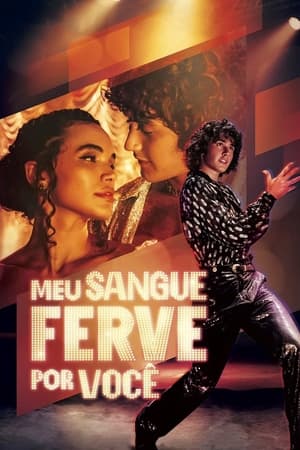 4.9
4.9Meu Sangue Ferve por Você(pt)
In 1979, Brazilian singer Sidney Magal is at the peak of his career. On a TV show, he meets Magali and, enchanted by the young woman, decides to win her over. But, in order to do that, he will have to overcome the resistance of his manager, Jean Pierre, and the distrust of her family, friends and even Magali herself.
 6.1
6.1The Three from the Filling Station(de)
Die Drei von der Tankstelle, meaning The Three from the Gas Station, was advertised as a German operetta when release and with it’s star studded cast would become the forerunner of Musical films. Even today the soundtrack of the comic harmonists is popular in Germany.
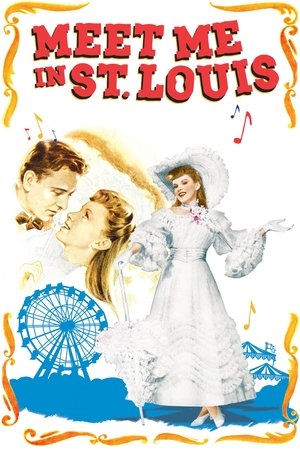 7.0
7.0Meet Me in St. Louis(en)
Young love and childish fears highlight a year in the life of a turn-of-the-century family up to the 1904 St. Louis World's Fair.
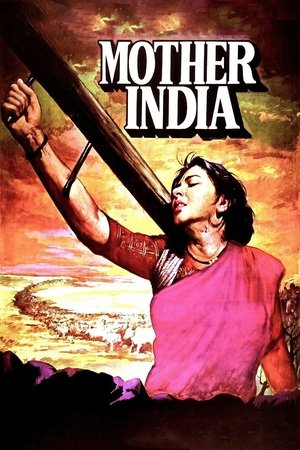 7.1
7.1Mother India(hi)
A poverty-stricken woman raises her sons through many trials and tribulations. But no matter the struggles, always sticks to her own moral code.
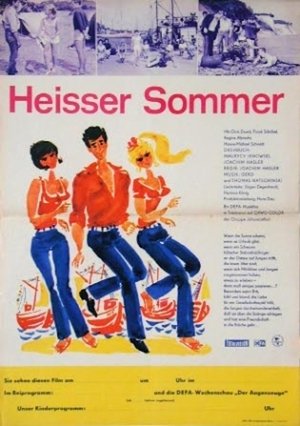 5.8
5.8Hot Summer(de)
In this East German teen musical, a group of girls are planning to take their summer vacation together on the Baltic coast. When a loud and obnoxious group of boys intrudes on their holiday, the girls are horrified to learn that the boys have the same vacations plans as them. The two groups quarrel with each other and compete over a number of things, but gradually an attraction starts to form.
 7.1
7.1The Phantom of the Opera(en)
The deformed Phantom who haunts the Paris Opera House causes murder and mayhem in an attempt to make the woman he loves a star.
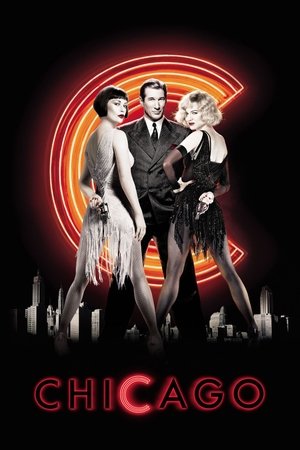 7.1
7.1Chicago(en)
Murderesses Velma Kelly and Roxie Hart find themselves on death row together and fight for the fame that will keep them from the gallows in 1920s Chicago.
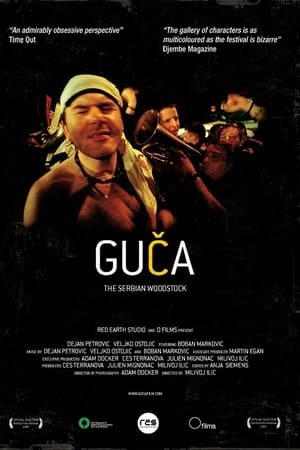 7.0
7.0Gucha!(sr)
Juliet, a white girl, falls in love with a dark-skinned romeo, a divine trumpet player from the Roma orchestra. But her father Satchmo doesn't accept Romeo. Romeo needs to fight for Juliet at the legendary Festival of the trumpeters in Gucha.
 8.1
8.1Die Walküre(de)
The gorgeous and evocative Otto Schenk/Günther Schneider-Siemssen production continues with this second opera in Wagner’s Ring cycle. Hildegard Behrens brings deep empathy to Brünnhilde, the favorite daughter of the god Wotan (James Morris) who nevertheless defies him. Morris’s portrayal of Wotan is deservedly legendary, as is Christa Ludwig, as Fricka. Jessye Norman and Gary Lakes are Sieglinde and Siegmund, and Kurt Moll is the threatening Hunding. James Levine and the Met orchestra provide astonishing color and drama. (Performed April 8, 1989)
 7.5
7.5Siegfried(de)
Siegfried is the third of the four operas that constitute Der Ring des Nibelungen (The Ring of the Nibelung), by Richard Wagner.
Les Contes d'Hoffman(en)
This adaptation of three tales by E.T.A. Hoffmann, with a sprinkling of Goethe’s Faust, portrays the German poet as both narrator and hero recounting his love affairs with Olympia, Antonia and Giuletta. Robert Carsen’s spectacular production highlights the melancholy genius of a man marked by life, with a coherence and dramatic sense remarkable for a work that leaves numerous questions unanswered. Under the baton of Philippe Jordan, Stéphanie d’Oustrac, Ermonela Jaho, Kate Aldrich, Yann Beuron and Ramón Vargas and Stefano Secco in the main role, interpret the legendary airs of this work whose brilliant mystery will continue to dazzle opera houses for countless years to come.
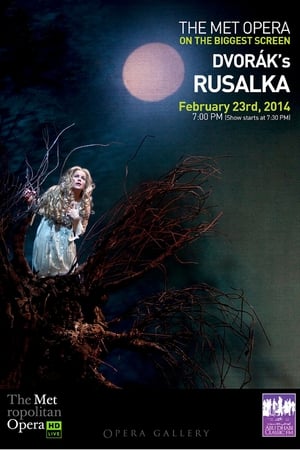 0.0
0.0The Metropolitan Opera: Rusalka(en)
Renée Fleming sings one of her signature roles, the title character in Dvořák’s sumptuously melodic Rusalka. The story of the opera, which is about a water spirit’s tragic romance with a human prince, is drawn from several folktale sources including Hans Christian Andersen’s “The Little Mermaid.” Star conductor Yannick Nézet-Séguin leads a cast that also includes Piotr Beczala as the handsome Prince whom Rusalka yearns to love; Dolora Zajick as the cackling swamp witch Ježibaba; Emily Magee as the Foreign Princess, Rusalka’s rival; and John Relyea as Rusalka’s father, the Water Sprite.
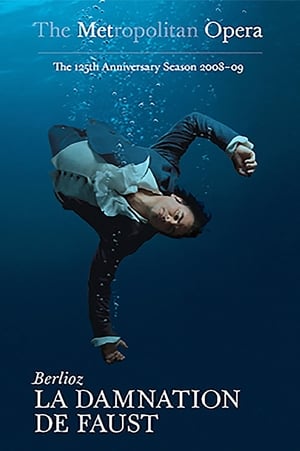 10.0
10.0Berlioz: La Damnation de Faust(fr)
Radiant mezzo-soprano Susan Graham and dashing Italian tenor Marcello Giordani are unlucky lovers in La Damnation de Faust, Hector Berlioz’s classic take on dancing with the devil.
 5.0
5.0Tchaikovsky: Iolanta / Bartók: Bluebeard's Castle(ru)
Valery Gergiev conducts Mariusz Trelinski’s thrilling new production of these rarely heard one-act operas. Anna Netrebko stars as the blind princess of the title in Tchaikovsky’s lyrical work, opposite Piotr Beczala as Vaudémont, the man who wins her love—and wakes her desire to be able to see. Nadja Michael and Mikhail Petrenko are Judith and Bluebeard in Bartók’s gripping psychological thriller about a woman discovering her new husband’s murderous past.
 7.7
7.7The Young Girls of Rochefort(fr)
Delphine and Solange are two sisters living in Rochefort. Delphine is a dancing teacher and Solange composes and teaches the piano. Maxence is a poet and a painter. He is doing his military service. Simon owns a music shop, he left Paris one month ago to come back where he fell in love 10 years ago. They are looking for love, looking for each other, without being aware that their ideal partner is very close...
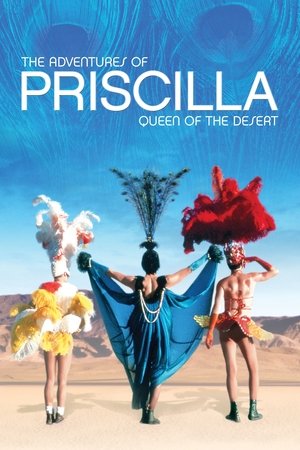 7.3
7.3The Adventures of Priscilla, Queen of the Desert(en)
Two drag queens and a transgender woman contract to perform a drag show at a resort in Alice Springs, a town in the remote Australian desert. As they head west from Sydney aboard their lavender bus, Priscilla, the three friends come to the forefront of a comedy of errors, encountering a number of strange characters, as well as incidents of homophobia, whilst widening comfort zones and exploring new horizons.
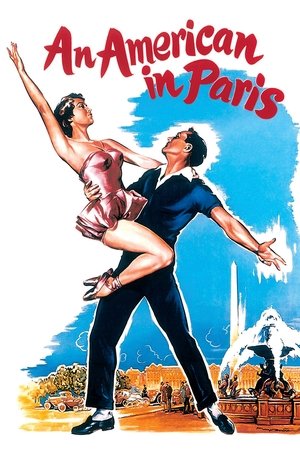 7.0
7.0An American in Paris(en)
Jerry Mulligan is an exuberant American expatriate in Paris trying to make a reputation as a painter. His friend Adam is a struggling concert pianist who's a long time associate of a famous French singer, Henri Baurel. A lonely society woman, Milo Roberts, takes Jerry under her wing and supports him, but is interested in more than his art.
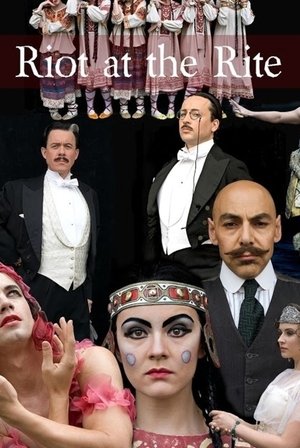 9.0
9.0Riot at the Rite(en)
In the spring of 1913, Parisian businessman Gabriel Astruc opens a new theater on the Champs Elysées. The first performance is the premiere of Igor Stravinsky's 'The Rite of Spring', danced by the Ballet Russes. The rehearsal process is extremely fraught: the orchestra dislike Stravinsky's harsh, atonal music; the dancers dislike the 'ugly' choreography of Vaslav Nijinsky. The volatile, bisexual Nijinsky is in a strained relationship with the much older Sergei Diaghilev, the Ballet Russes' charismatic but manipulative impresario. Public expectation is extremely high after Nijinsky's success in 'L'apres-midi d'un faune'. Finally, 'The Rite of Spring' premieres to a gossip-loving, febrile, fashion-conscious Parisian audience sharply divided as to its merits.